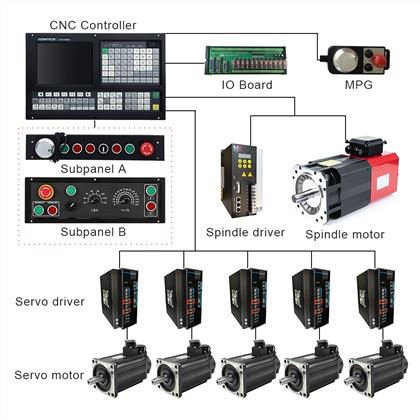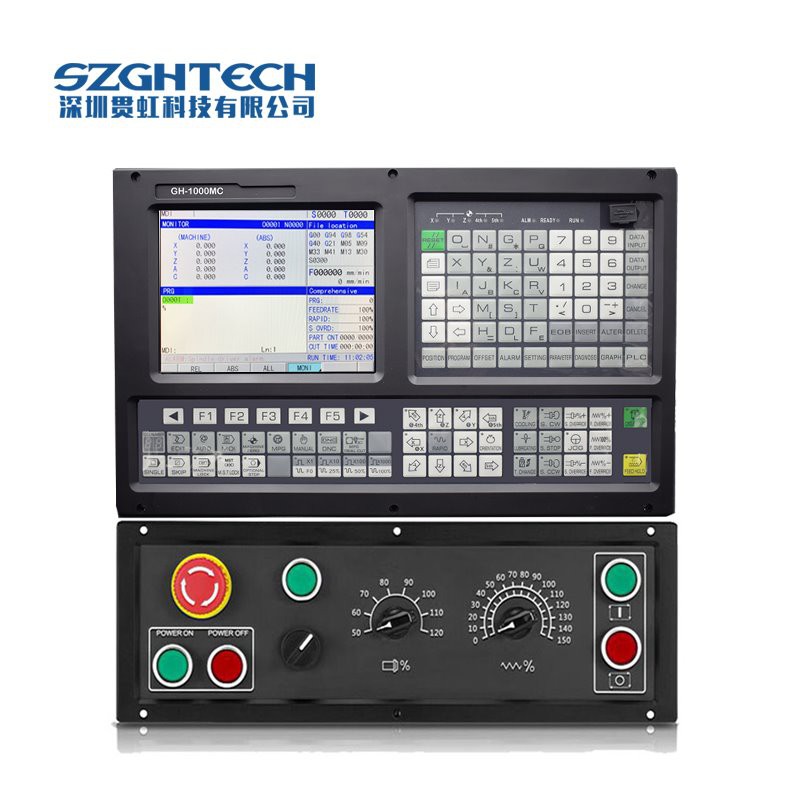
| Number of control axes | 5 axes |
| Minimum programming | 0.001mm |
| Maximum programming | ± 99999.999mm |
| Top speed | 30m / min |
| Feed speed | 0.001-15m / min |
| Manual continuous | One axis or simultaneous multi-axis |
| Screen saver function | Screen saver function |
| Program editing | Male / English, relative / absolute programming |
| Pre-reading function | Short line preprocessing 10,000 lines |
| Compensation function | Knife compensation, between compensation, screw compensation, radius compensation |
| Communication function | RS232, U disk interface |
| Program editing | Male / English, relative / absolute programming |
Tool functions: | 1)Tool length compensation |
| Password protection | Multi-level password protection |
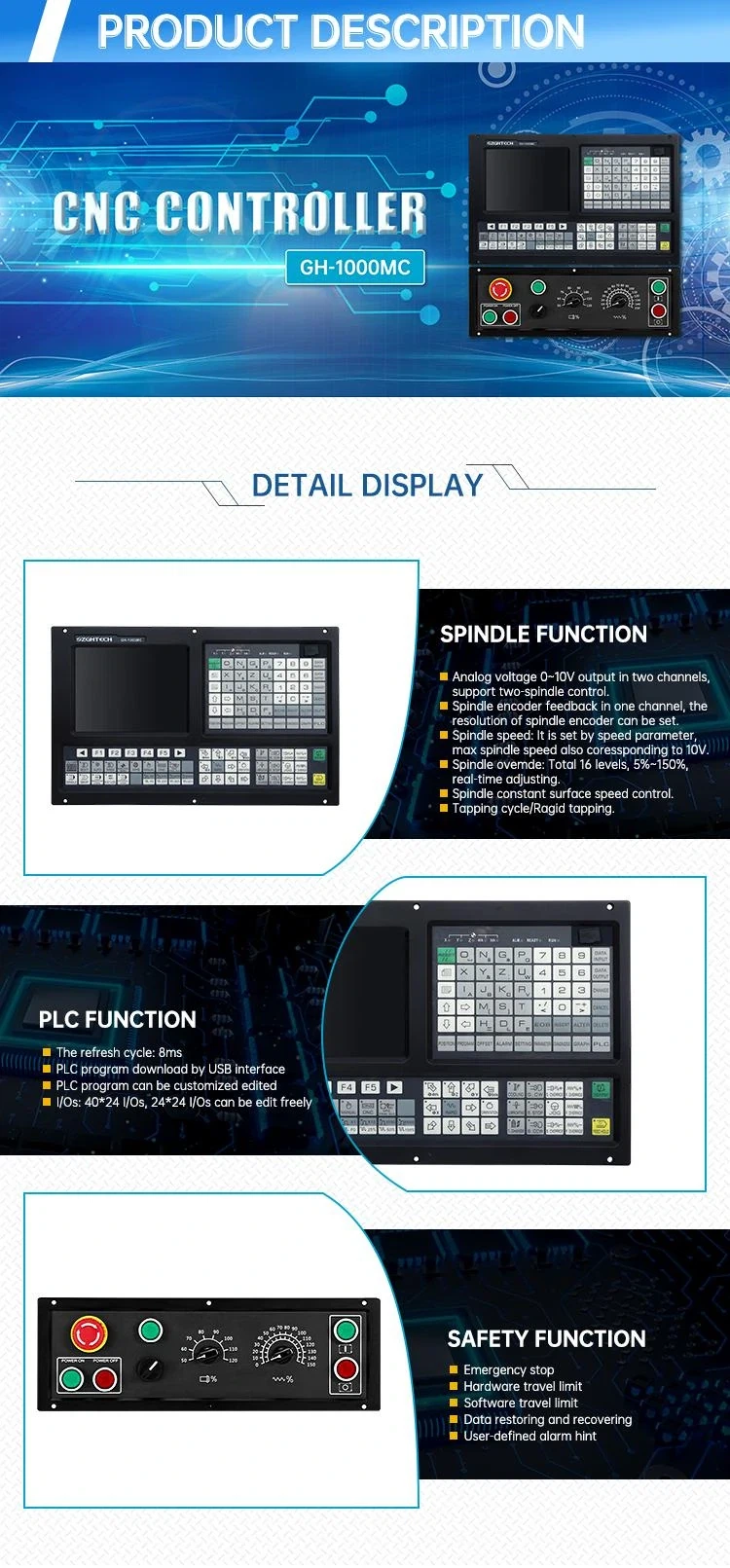
Features:
1. High speed and high precision, the effective speed of complex surface processing is 8m/min, and the best processing speed is 4m/min;
2. With forward-looking function, the number of preprocessing segments for broadcast supplementation is up to 1000 segments, and the maximum positioning speed is 60m/min; Maximum feed speed 15m/min;
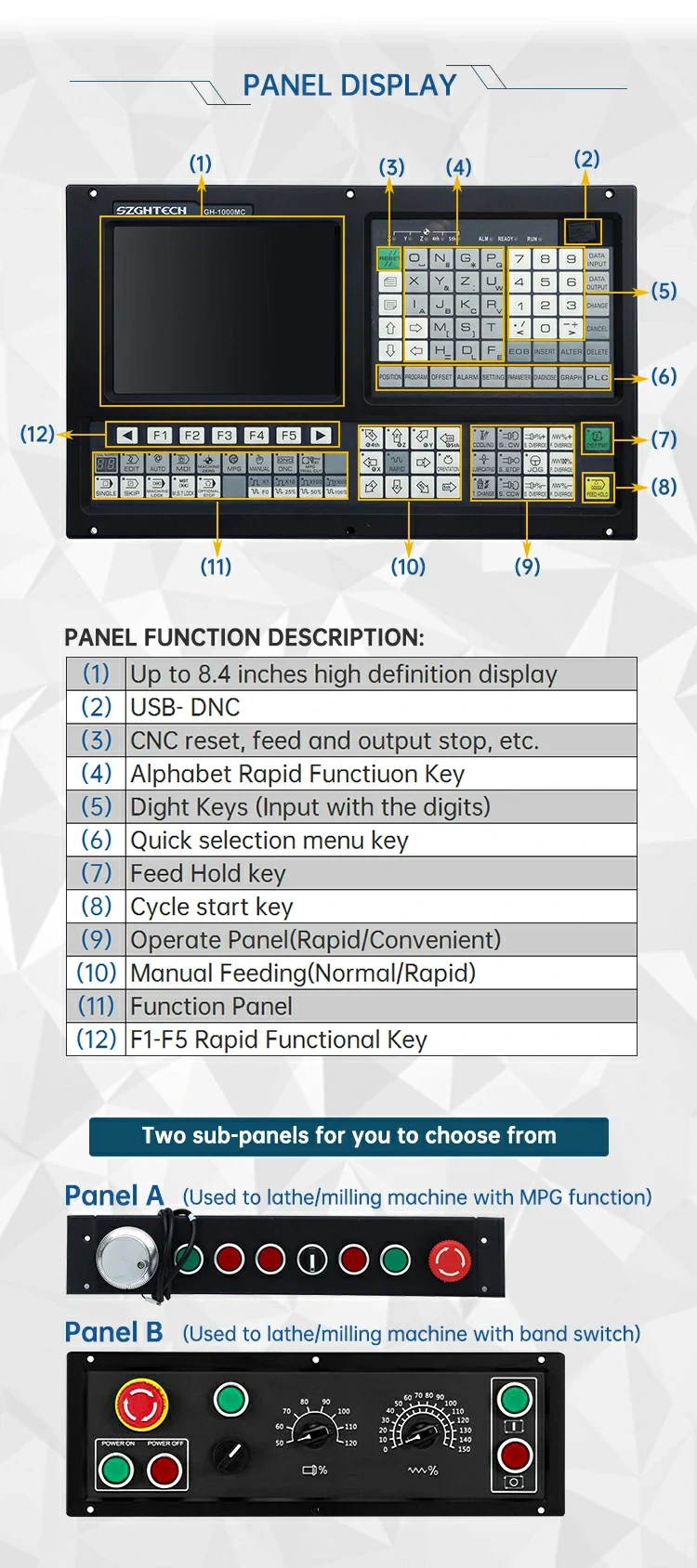
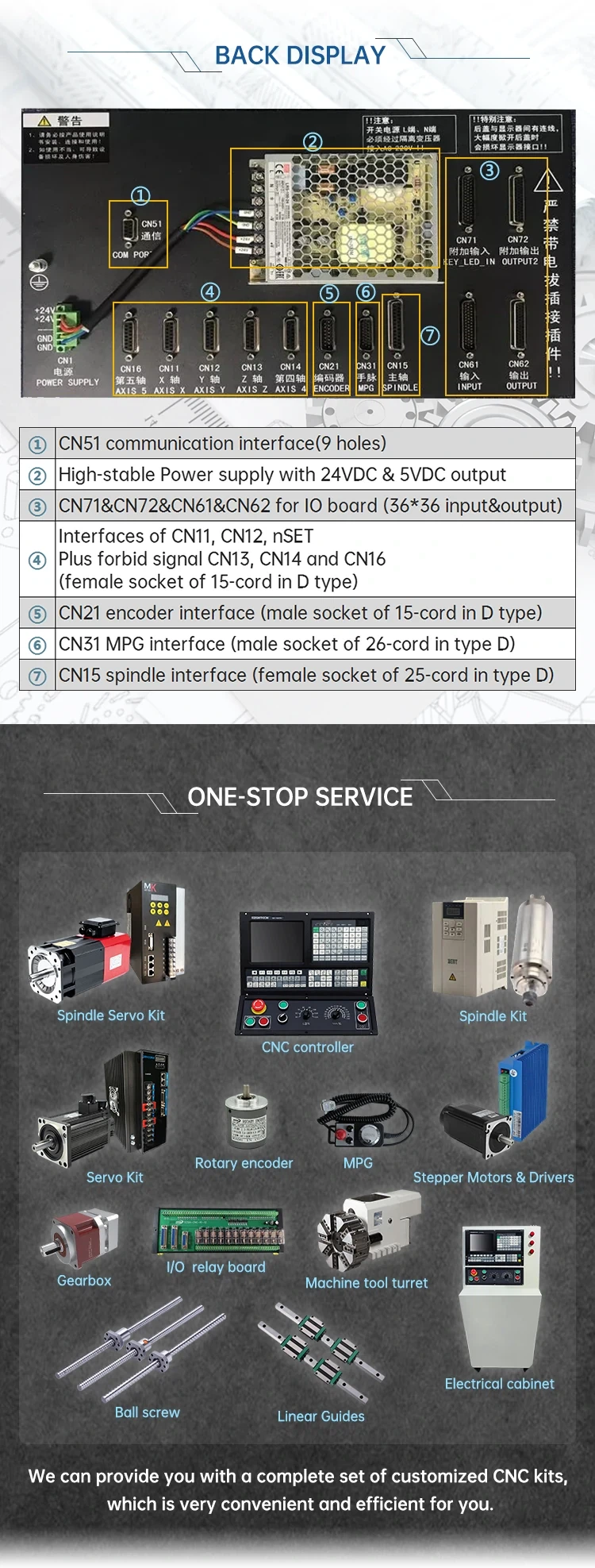
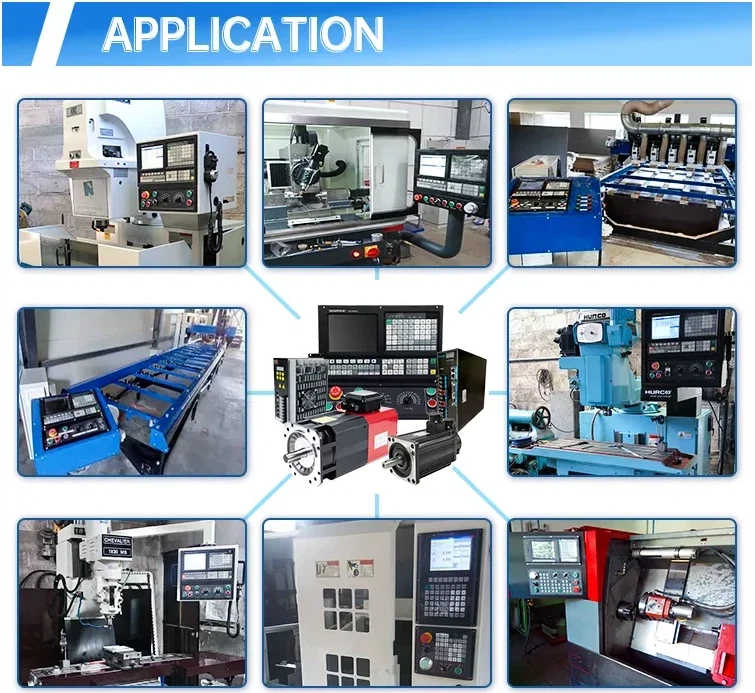
Multiple function:
It can realize the drilling/boring,roughing of roungroove / rectanglegroove ,finishing of full circle /rectangle, continous drilling of straight line /rectangle /arc etc.
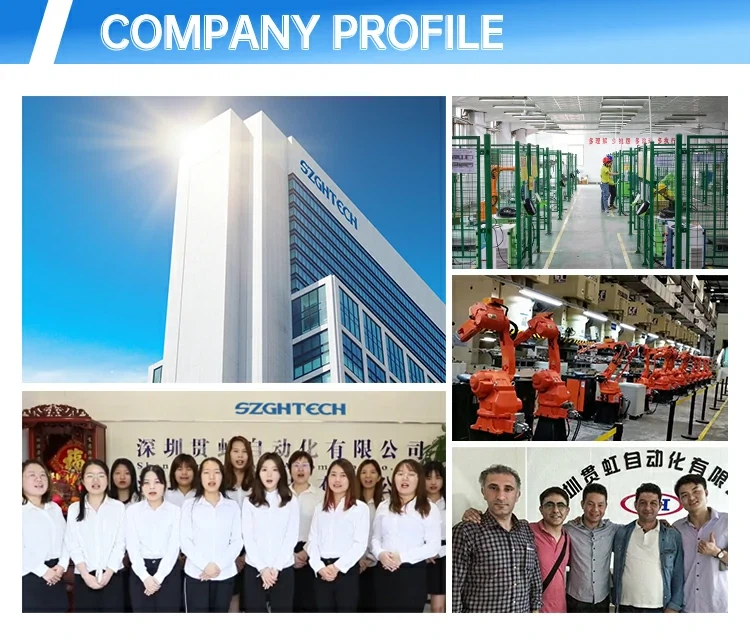
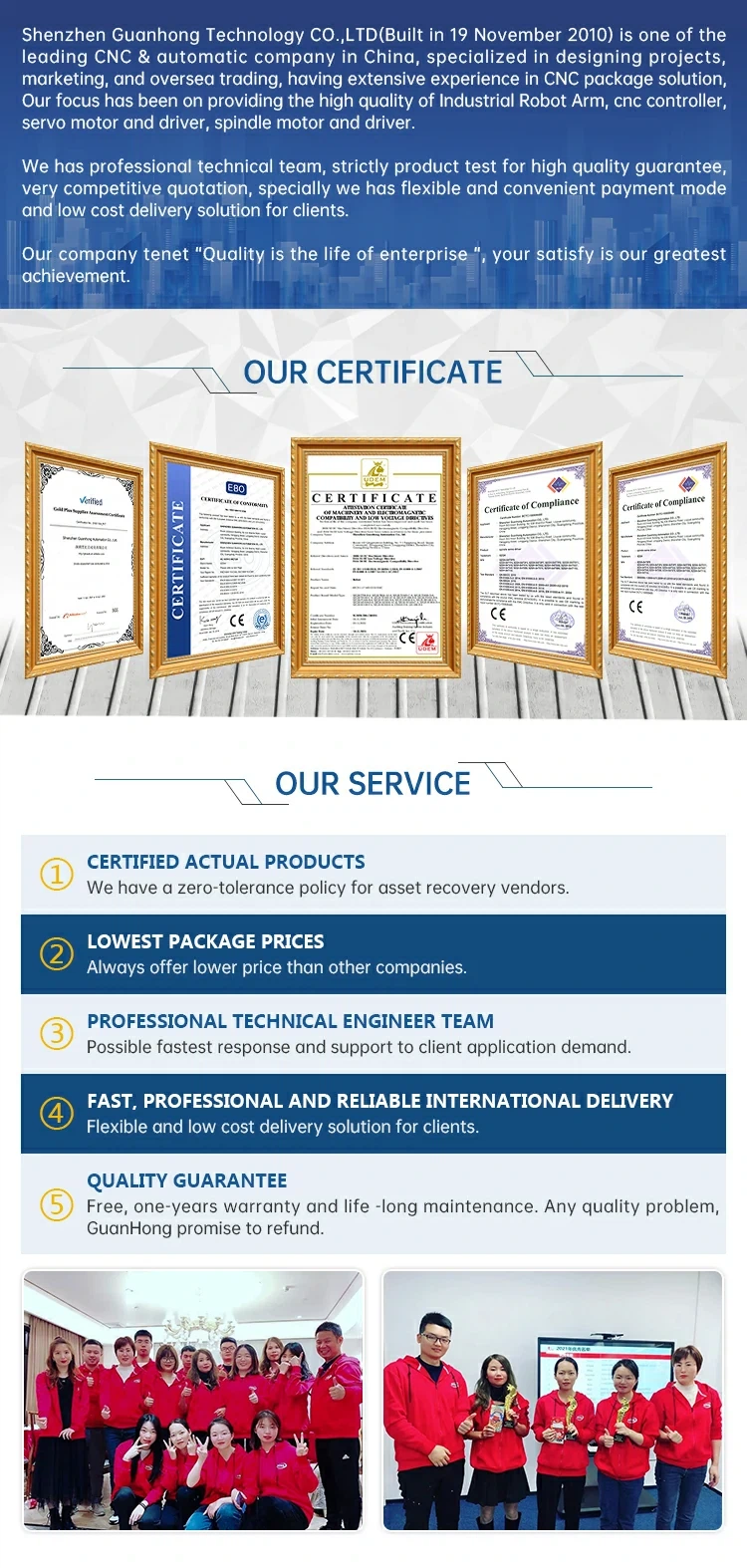
FAQ
1. Are you factory or only company?
We are manufacturer providing professional motion control system solutions with strong R&D strength and high quality service team.
2.Why we can choose you?
Specialized: Provide perfect products by specializing in what we are adept in! Concentrated: Satisfy customers by patiently listening to their opinions and demands! Focused: Make innovations constantly by single-heartedly devoting to product R&D!
3.Can you do OEM product?
Yes, we are able to do OEM.
4.How long is your delivery time?
Generally it is 3-7 working days if the goods are in stock. Or it is 15-20 days if the goods are not in stock, it is according to quantity.
5.What is your terms of payment ?
100% in advance.
If you have another question, pls feel free to contact us as below.


